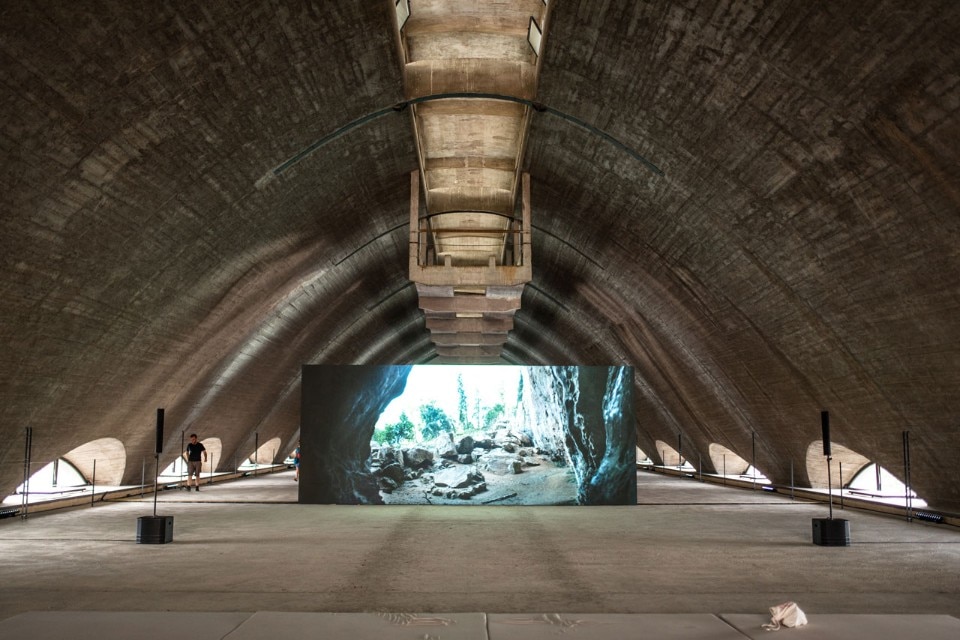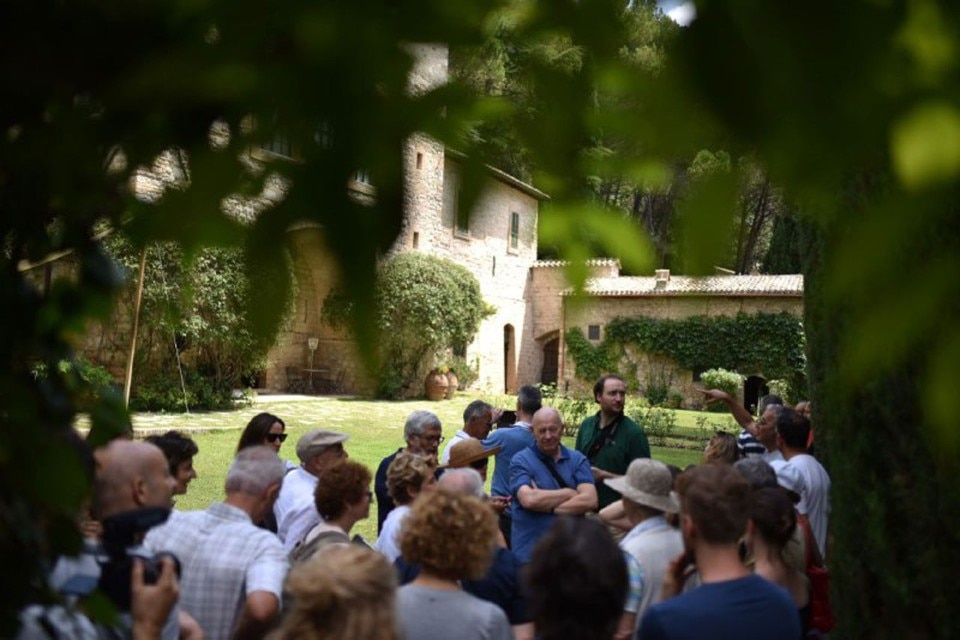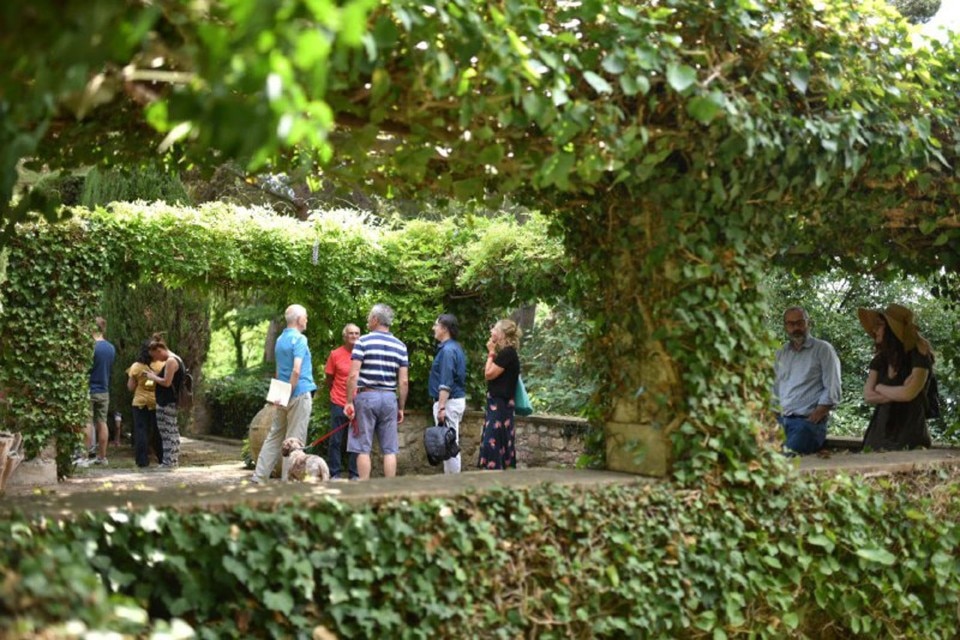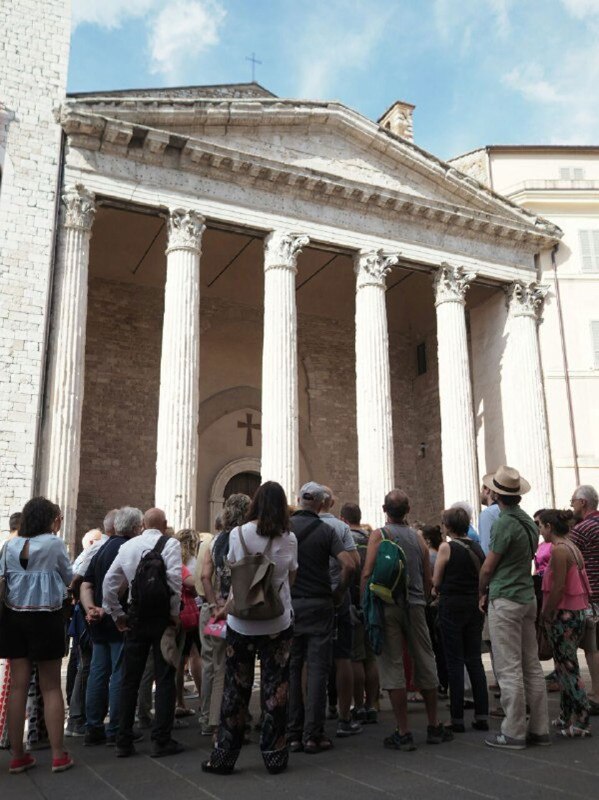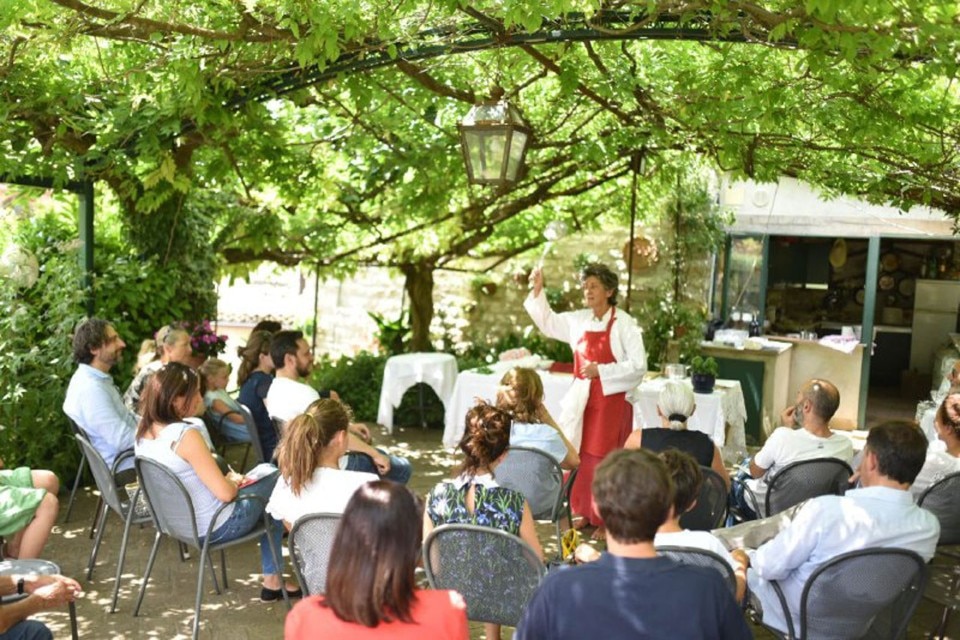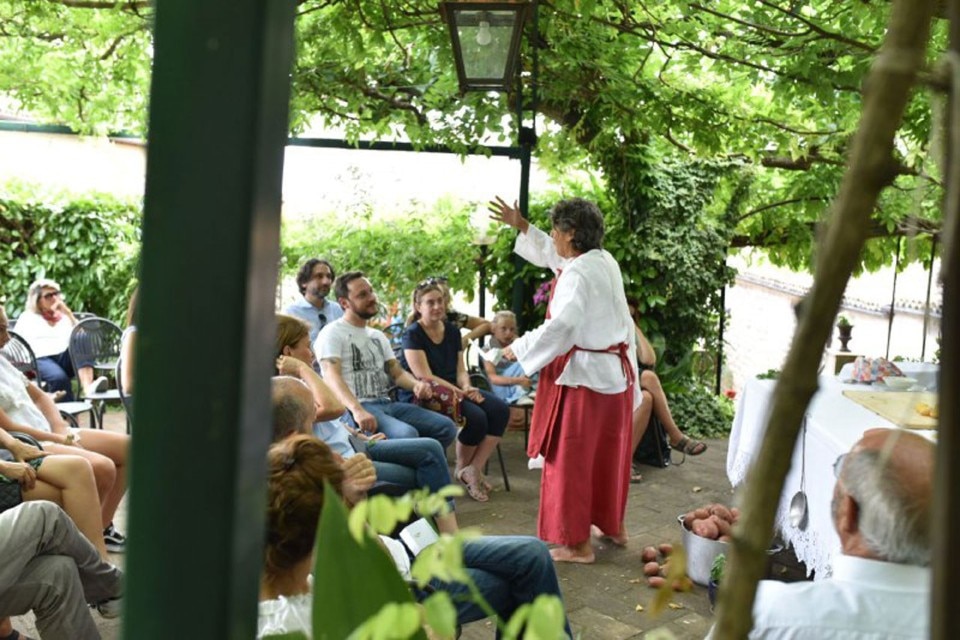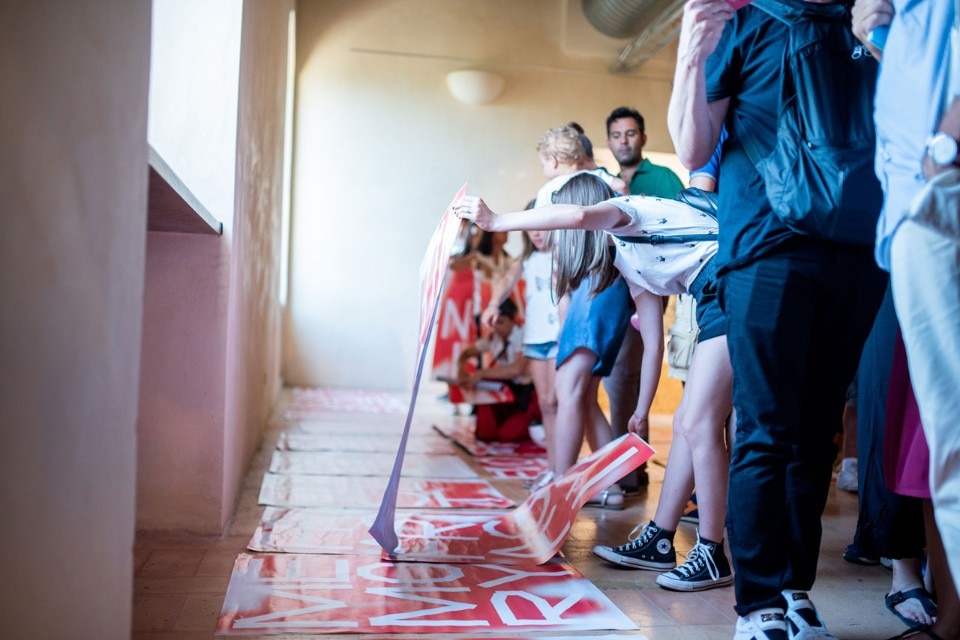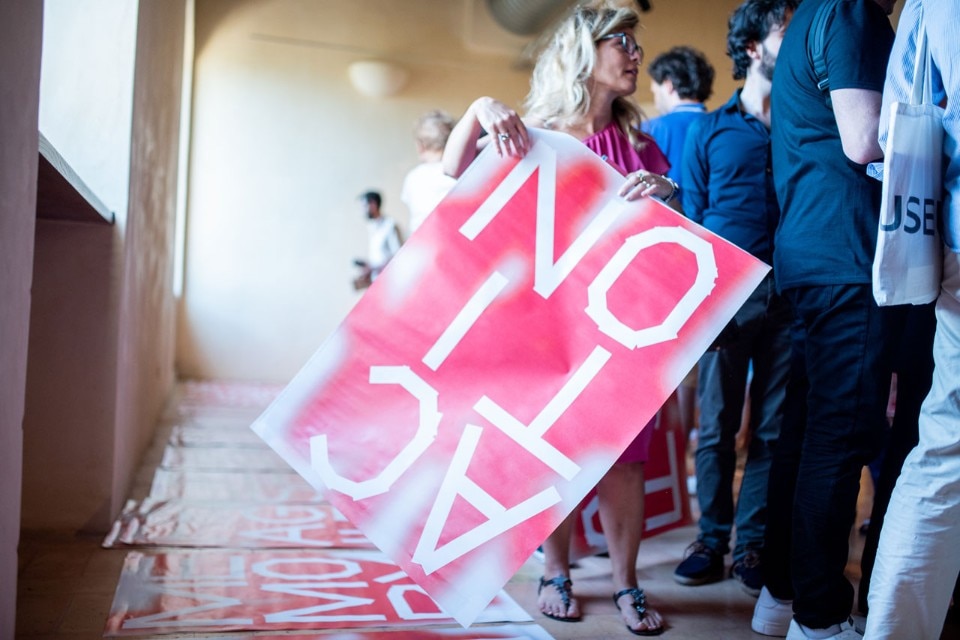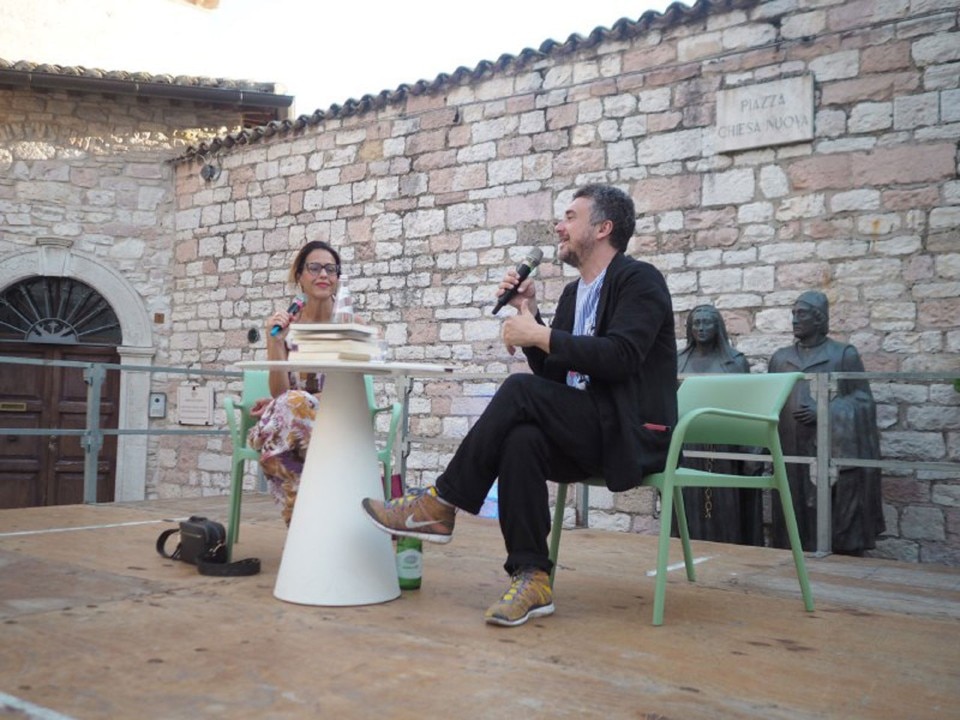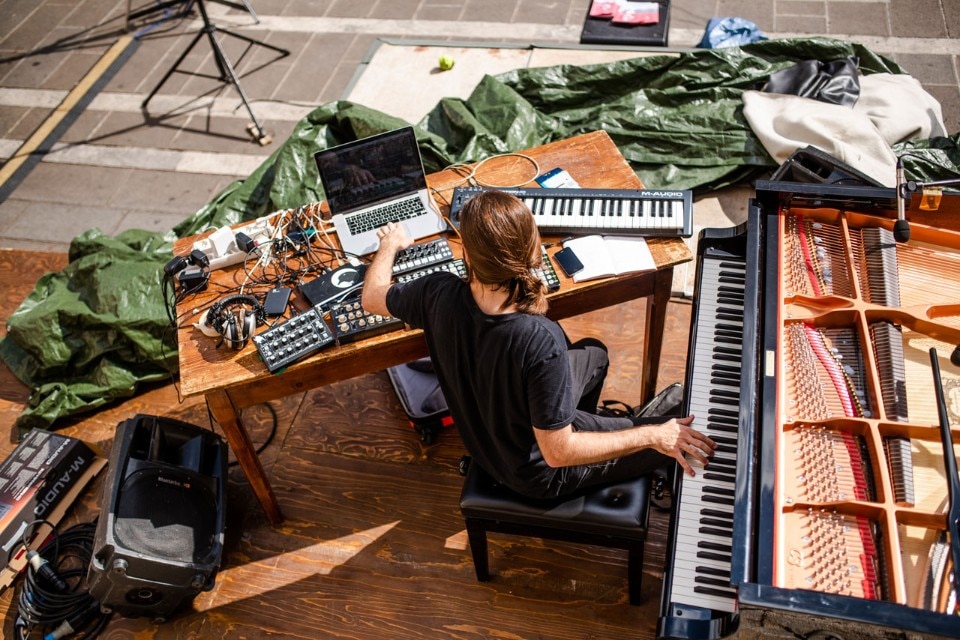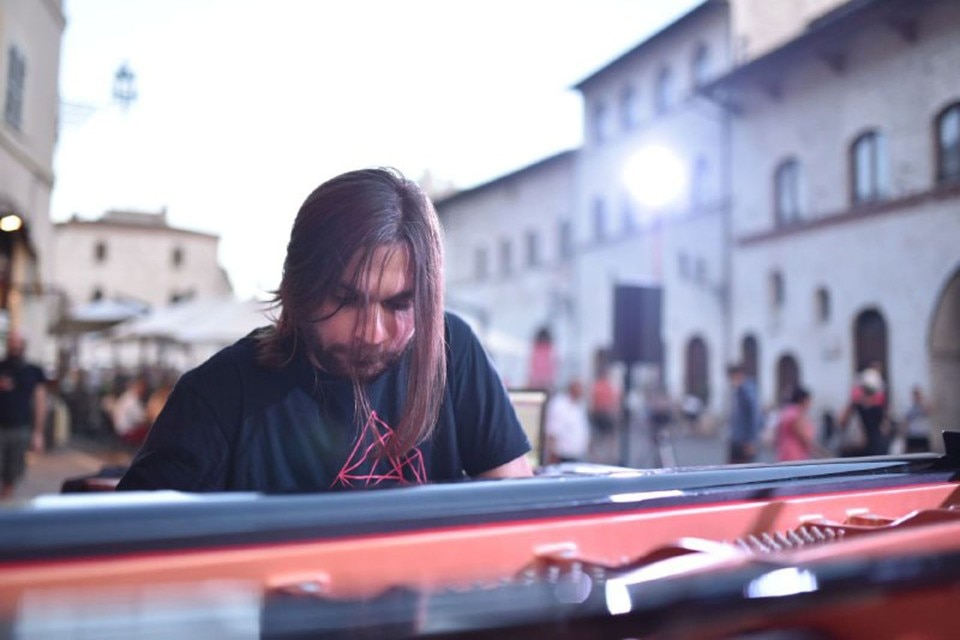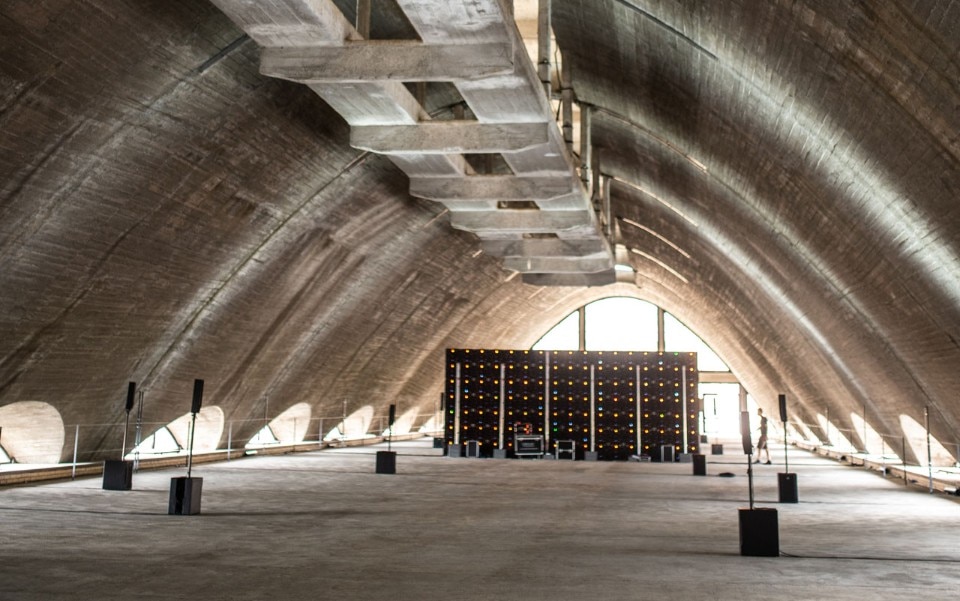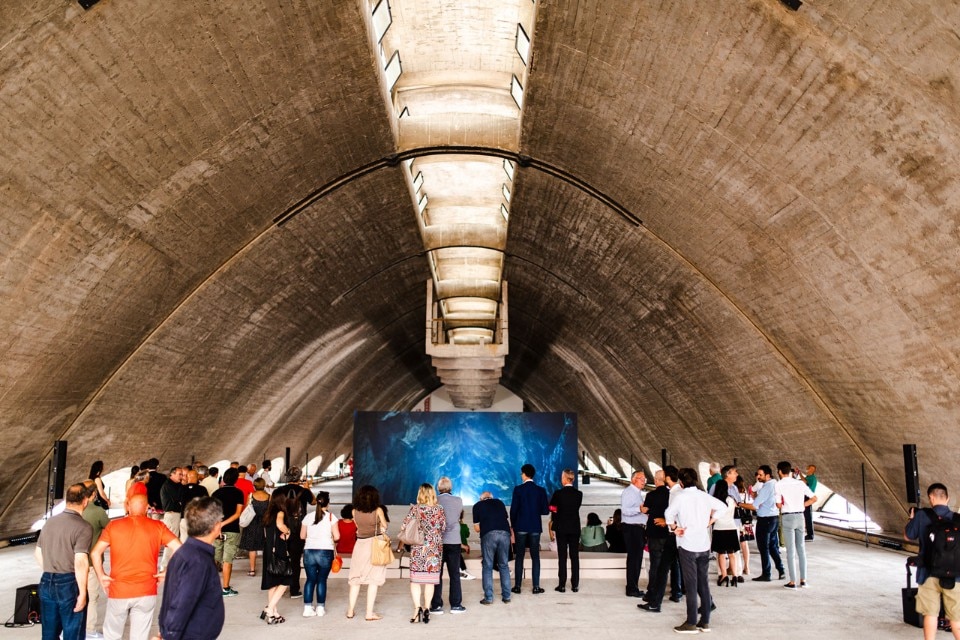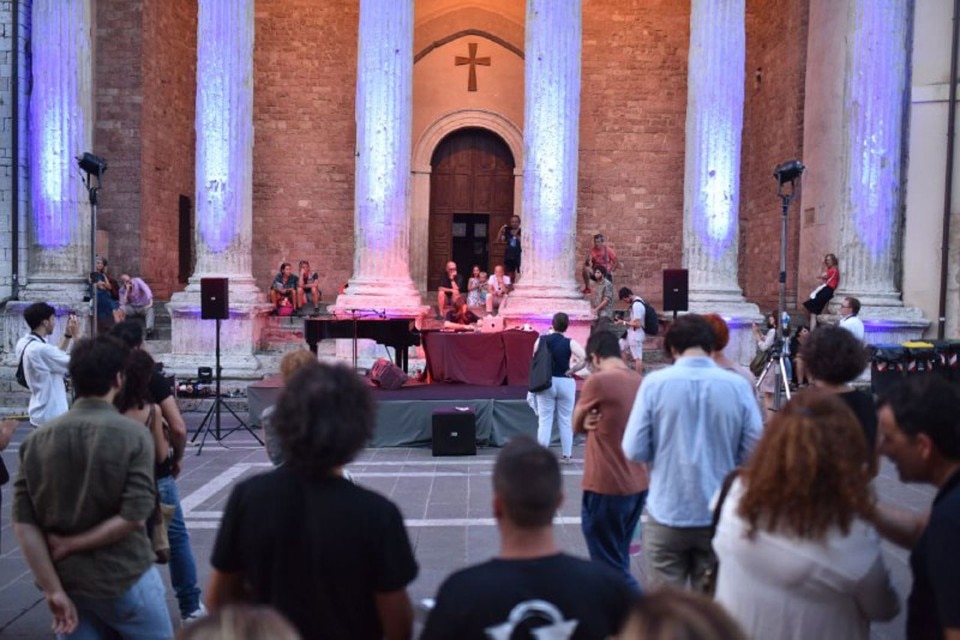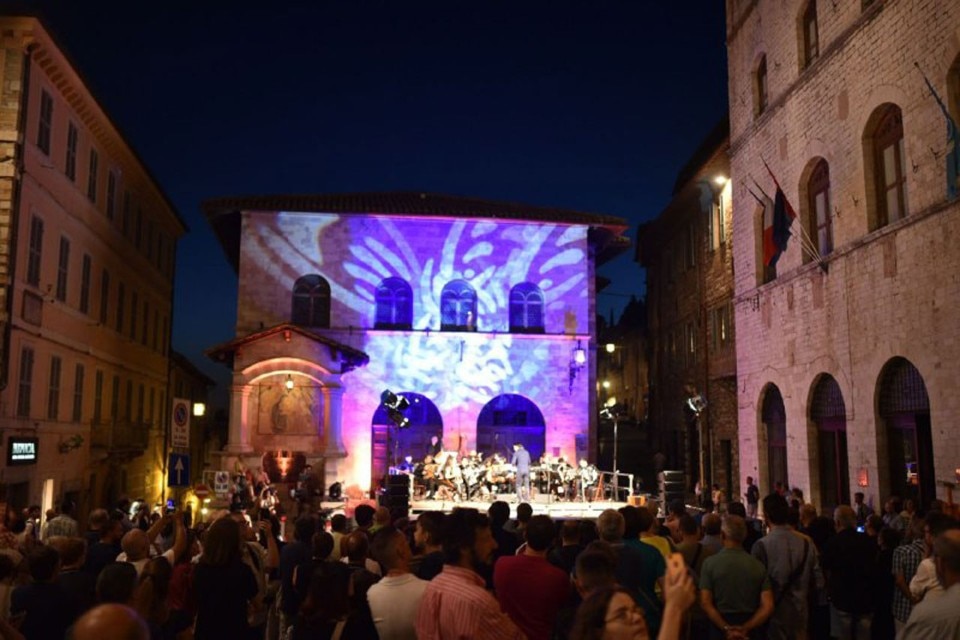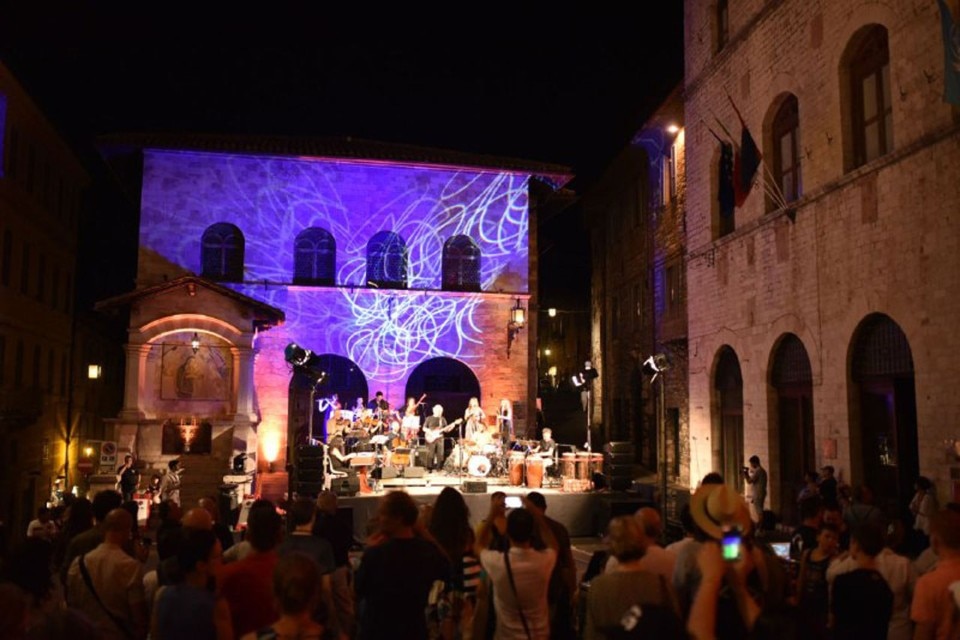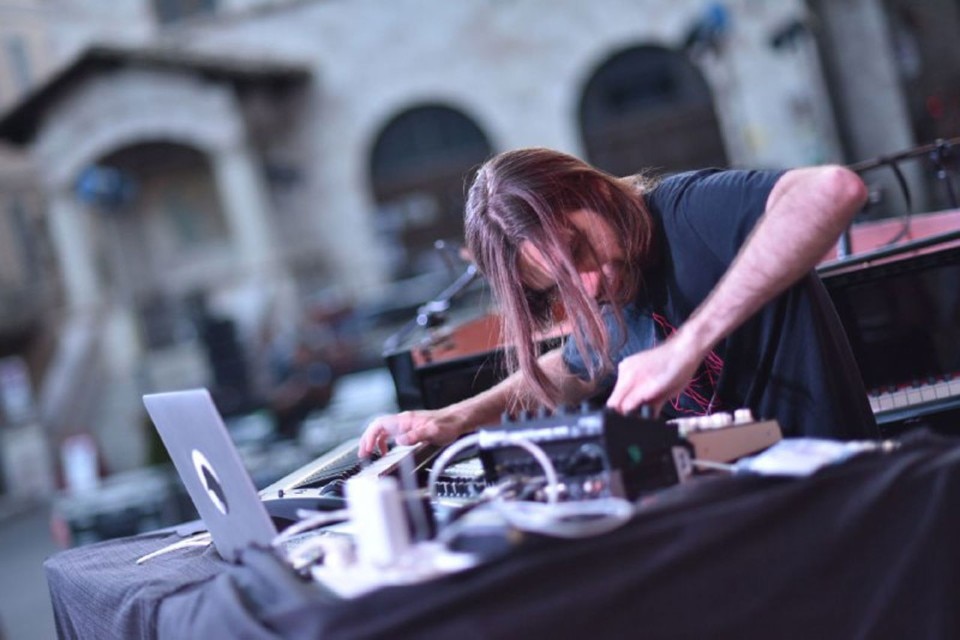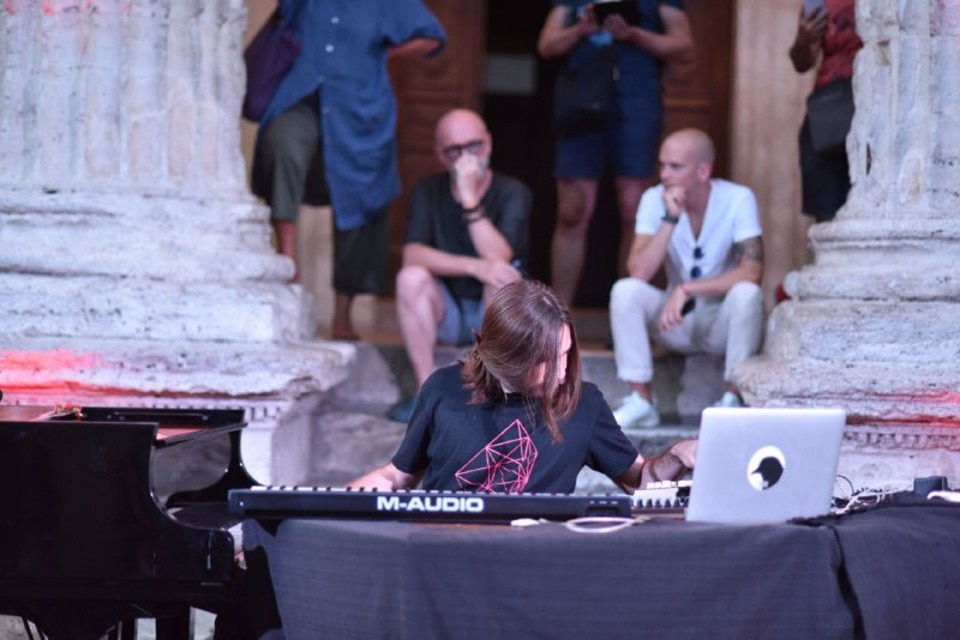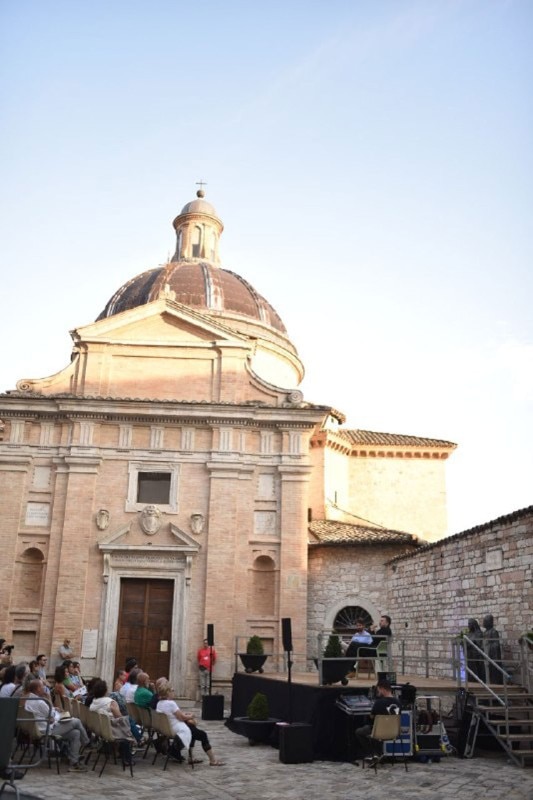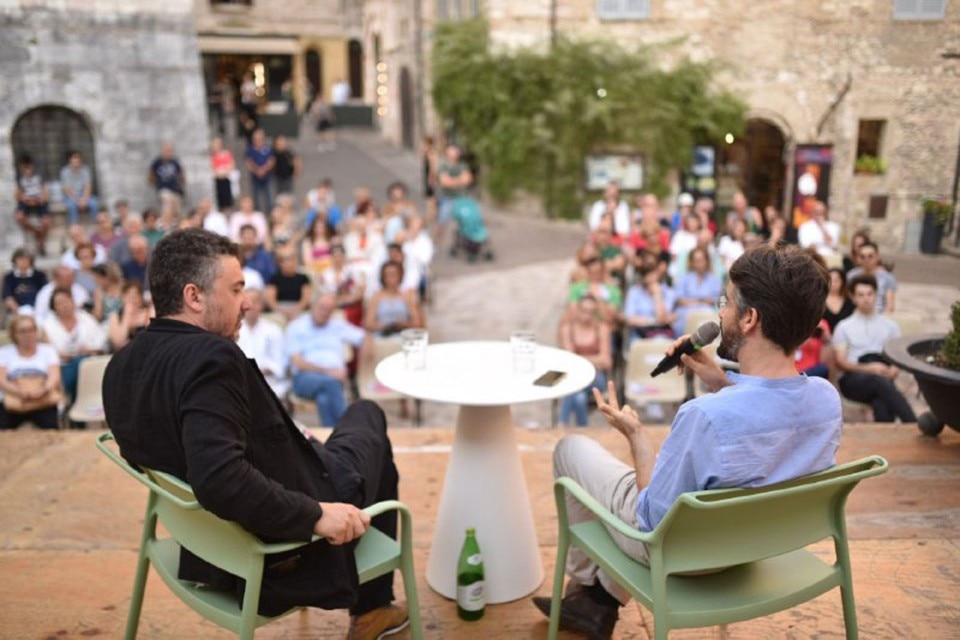Following the first experimental edition, from 21 to 29 July, “Universoassisi – A Festival in Secret Places” returns to the hills of Umbria, wider-ranging and with numerous changes. Those visiting the Umbia city can follow a programme full of events which will be taking part throughout the city, from the conferences held by Bjarke Ingels, Patricia Urquiola and Gianluigi Ricuperati, to the music of Michael Nyman and Ghemon. From theatrical performances by Michele Placido and Vinicio Marchioni to dance by Cie Toula Limnaios. Visitors will also be given the opportunity to see the exhibition “La partizione del sensibile” held at Palazzo Monte Frumentario, where Antonio Ottomanelli will hold an imaginary dialogue with the works of Luigi Ghirri and Gordon Matta-Clark, as well as the installation by Luca Trevisan in the industrial spaces of the ex-Montedison factory. We spoke with the artistic director Joseph Grima, beginning with his vision for Assisi, a city in which he has lived for most of his life.
Joseph Grima: “Universoassisi” is a project which is heavily influenced by my sense of belonging to the city, whose strengths and weaknesses I know very well. Assisi has a agricultural past which dates back for thousands of years, but in the last few decades it has witnessed an incredible economic boom from tourism, a double-edged sword which has caused the progressive depopulation of some of the most important historical areas. This is a paradigm of a typically Italian situation which too often sees the renouncing of cultural wealth in favour of commercialisation. I believe instead that our artistic heritage is the key to a form of innovation which only Italy is capable of offering the world. In line with this idea, “Universoassisi” sets the objective of offering new life to incredible locations which are not specifically created for artistic purposes. This is a theme which is very close to my heart, as I believe that beginning with a clean slate is a way to favour brand new content which is completely free of traditional expectations. The festival is an occasion to breathe new life into places which the citizens of Assisi themselves have forgotten, allowing visitors from outside the possibility of discovering areas and buildings that they would never have otherwise seen, and which are the great hidden treasure of the city. I believe that Assisi cannot be merely a place for the passive consumption of culture, visited only to see Giotto or Lorenzinetti. The city and the surrounding area should be brought back to life for its inhabitants and serve as a source of inspiration for artists.
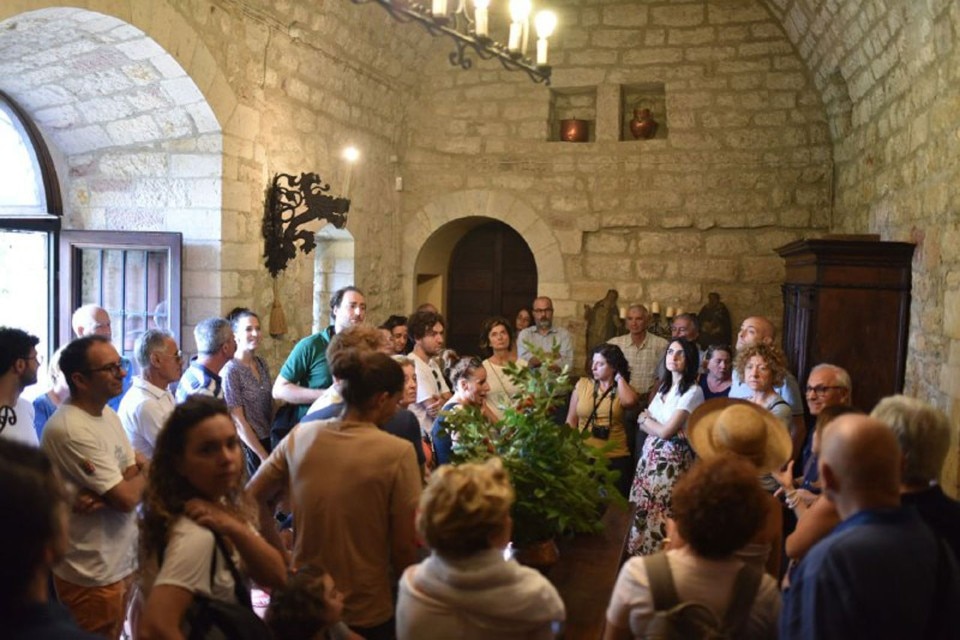
In what way has Assisi been a source of inspiration for you?
Laughing, ed Well, here we move into the biographical. Assisi is the city where I spent a large part of my first eighteen years of life, due to an ideological choice made by my parents, who wanted to live in the countryside, in close contact with the land and the cycles of agriculture. This experience, complete with its ups and downs, had a profound effect on me. Assisi was the place where a universe of people and communities came together, all with very different cultural and religious backgrounds, and all in search of the opportunity to live far from the economic influences of the markets. It was a spiritual decision for great artists such as Rothko or Sol LeWitt, who were attracted by a city which possessed a magnetism unlike any other. Here I discovered other possible worlds, completely new forms of relationship and cohabitation, alternative economies which profoundly influenced the research for Space Caviar and, more generally, my development as a curator.
In comparison to other festivals, “Universoassisi” has the peculiarity of bringing together architecture, theatre, dance, photography and literature in an open dialogue. It seems to be the most natural choice for those who, like yourself, have always cultivated a flexible and interdisciplinary approach.
Certainly, I strongly believe in the breaking down of boundaries between disciplines – actually I believe it is inevitable, it is the only way I know how to work. “Universoassisi” has no base, it is a travelling festival which moves through the city and the surrounding area. This makes it the ideal platform for dialogue and interdisciplinary exchange which would normally have little possibility of taking place. It means that those who come to Assisi to meet Bjarke Ingels have an opportunity to discover the musical experimentation of Kordz, and so on.
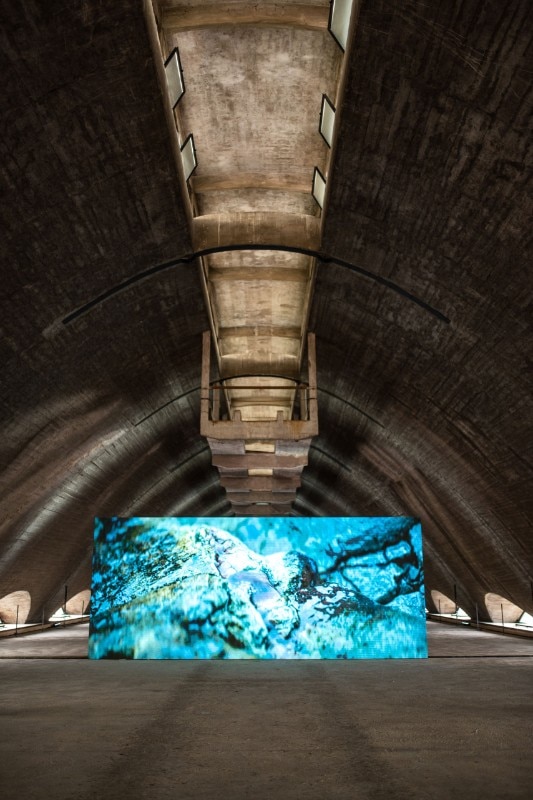
This second edition sees an artistic residency with Ottomanelli and Gian Luca Bianco, promoting an examination of the territory and offering a never-before-seen point of view which goes beyond conventional iconography. What opportunities does a residency offer?
This is a crucial theme because often, above all in the case of a festival, the risk of commissions is that an author is injected like an alien into a situation which they are able to understand in a very fleeting and superficial manner only, in order to produce a work in a very short period of time. The residency that we are experimenting with allows us to create deeper relationships with the location, in order to go beyond the concept of entertainment, instead generating new ideas, beginning with the situation of Assisi itself. In fact, our hope is that in the future it is spread over more time, also going beyond the festival itself.
The mayor Stefania Proietti has stated that “Universo Assisi” is the first step towards an important operation for the recovery of industrial archaeological assets. In this moment, there are numerous cultural events which aim at the valorisation of unknown or forgotten places, I am naturally thinking of Manifesta 12, but also of your Alcova project for the latest edition of Milan Design Week. What influence could a festival have in these operations?
This is an important but complex question... Our work can have all kinds of effects, gentrification included, obviously. It is our responsibility to guarantee a long-lasting commitment in order to make sure that a cultural manifestation does not become a mere vehicle for building speculation. I think for example of the ex-Montedison factory, an incredible structure attributed to Pier Luigi Nervi, where Trevisani is presenting a large-scale ongoing project of visual art. Abandoned for decades, it is completely cut off from the city and I believe that it needs to come back to life as a space permanently dedicated to contemporary art, once again part of the community. The mayor has made a commitment in this regard, and I believe that this could be an extraordinary resource for the future of Assisi.
- Exhibition title:
- Universoassisi 2018
- Opening dates:
- 21 – 29 July 2018
- Artistic director:
- Joseph Grima


